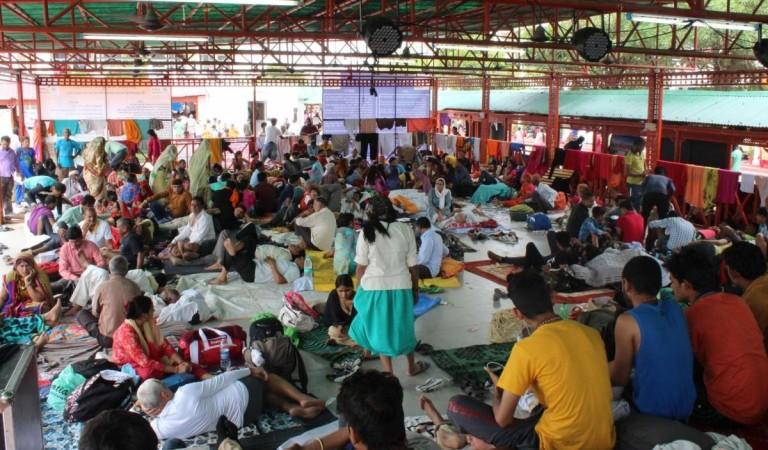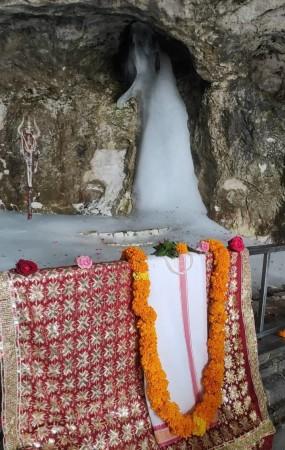
The Department of Telecommunications (DoT) announced a significant upgrade in the telecom infrastructure on July 8, 2024, aimed at ensuring seamless mobile connectivity for pilgrims participating in the Amarnath Yatra. This initiative is a collaborative effort with major telecom service providers (TSPs) including Airtel, BSNL, and Reliance Jio. The upgrade is designed to provide continuous coverage along the Yatra routes.
The DoT stated, To ensure coverage, a total of 82 sites (Airtel, RJIL, and BSNL) shall be active. A total of 31 new sites have been installed along the Yatra routes, increasing the total number from 51 in 2023 to 82 in 2024. This enhancement aims to provide seamless mobile connectivity to the pilgrims and public.
The routes from Lakhanpur to Qazigund and from Qazigund to Pahalgam and Baltal are now fully covered with 2G, 3G, 4G, and even 5G technology at many places. This is a significant step forward in ensuring the safety and convenience of the pilgrims and the public.

5G Connectivity and SIM Distribution Centres
In addition to the telecom infrastructure upgrade, the government has also opened new SIM distribution centres at various locations to extend telecom facilitation to the pilgrims. These centres are strategically located at Lakhanpur, Yatri Niwas Bhagwati Nagar, Chanderkot, Anantnag, Srinagar, Srinagar Airport, Pahalgam, Sonamarg, and Baltal.
The Amarnath Yatra is a significant religious event attracting a large number of pilgrims every year. Over 1.82 lakh pilgrims had 'darshan' inside the holy cave shrine of Amarnath in the last nine days, and another batch of 5,803 yatris left for Kashmir on Monday. The pilgrims can choose either the 48 km long traditional Pahalgam route or the shorter 14 km long Baltal route to perform the Yatra.
Those using the Pahalgam route take four days to reach the cave shrine, while those taking the Baltal route return to the base camp the same day after 'darshan'.
Historical Significance and Future Implications
The telecom infrastructure upgrade is a significant step forward in ensuring the safety and convenience of the pilgrims. In the past, pilgrims often faced connectivity issues due to the challenging terrain and remote locations. The upgrade will not only ensure seamless connectivity but also enhance the safety measures by enabling real-time communication.
The introduction of 5G technology along the Yatra routes is a significant milestone. It is the first time that such advanced technology has been introduced for a religious event in India. This move is expected to set a precedent for other similar events in the future.
The Meteorological (MeT) Department has forecast partially cloudy weather on both the Yatra routes with the possibility of intermittent light rain and thundershowers during the day. The cave shrine situated 3888 metres above sea level houses an ice stalagmite structure that wanes and waxes with the phases of the moon. Devotees believe that the ice stalagmite structure symbolises the mythical powers of Lord Shiva.
Over 124 'langars' (community kitchens) have been set up along both the routes and also at the transit camps and the cave shrine. Over 7,000 'Sevadars' (Volunteers) are serving the yatris during this year's Yatra.
In conclusion, the telecom infrastructure upgrade for the Amarnath Yatra is a significant move that will ensure seamless mobile connectivity for the pilgrims. The introduction of 5G technology along the Yatra routes is a milestone that sets a precedent for other similar events in the future. The government's efforts to enhance the safety and convenience of the pilgrims are commendable and are expected to contribute to the successful conduct of the Yatra.

















